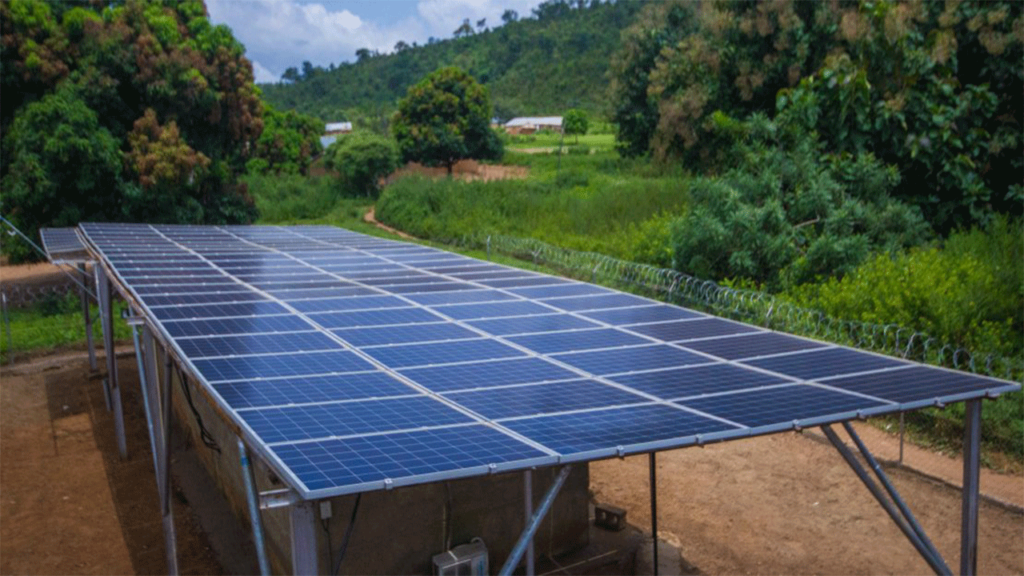Solar energy is converted into electrical energy by PV materials and equipment. A cell is a single photovoltaic (PV) device. A single photovoltaic cell is typically a tiny device, with an average power output of 1 to 2 watts. These cells are frequently thinner than four human hairs and made of various semiconductor materials. Cells are sandwiched between protective materials in a conjunction of glass and/or plastics in order to endure the being outside for a long time.

PV cells are chained with each other to create larger units known as modules or panels, which increase their power output. You can also use modules independently or attach multiple of them to create arrays. The electrical system is then linked to one or more arrays as part of a complete PV system. This modular design allows Photovoltaic systems to be built to almost any size of electrical energy requirement.
A Photovoltaic system’s modules and arrays are merely one component. In addition to the modules that generate the direct-current (DC) electricity generated by modules into the alternating-current (AC) electricity used to power all of the appliances within your home, systems often include mounting structures that direct panels towards to the sun.
Thanks for reading this article and stay tuned for more tips and tricks on how to improve your solar panels or modules design
The future of battery inverters technology
Battery inverter technology is likely to continue evolving in several directions to meet the growing demand for energy storage solutions and to enhance their efficiency, reliability, and flexibility. Here are some potential developments: Higher Efficiency: One of the primary goals of battery inverter technology is to improve efficiency. This involves
What are the Key Considerations for Choosing a Solar Inverter?
When selecting a solar inverter for your home, there are several factors to consider: Size and Capacity Ensure the inverter you choose can handle the energy output of your solar panels. An undersized inverter will bottleneck your system’s performance, while an oversized one may not be cost-effective. Efficiency Ratings Look
What is a charge controller?
A solar inverter charge controller is another critical component in a solar power system. It regulates the voltage and current coming from the solar panels to ensure that batteries are charged safely and efficiently. Why You Need a Charge Controller Batteries have specific charging requirements, and without proper regulation, you
How Solar Inverters Work in Homes
Harnessing the sun’s power for electricity isn’t just about mounting solar panels on your roof and calling it a day. There’s a critical component in the mix that often doesn’t get as much limelight but plays a pivotal role in your home solar system—the solar inverter. Understanding how solar inverters
Understanding the Basics of Solar Inverters
Harnessing the power of the sun through solar panels is becoming increasingly popular as the world moves towards sustainable energy sources. But the electricity generated by solar panels isn’t immediately ready to power your home. This is where solar inverters come into play, playing a crucial role in any solar
